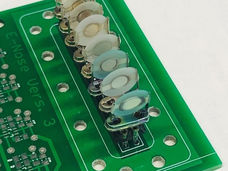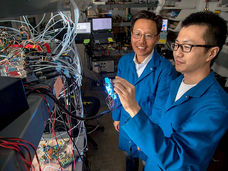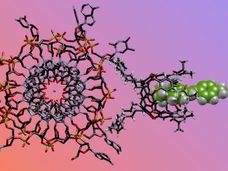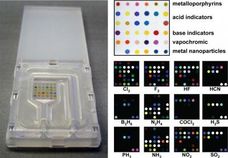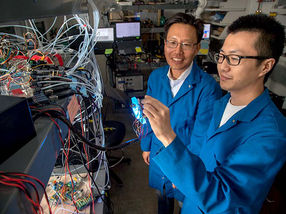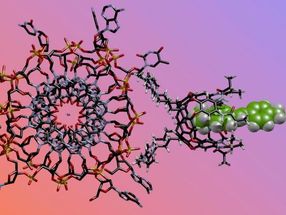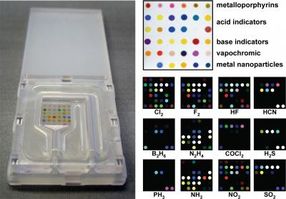Artificial nose - 9 News
Tip: You can further refine your news selection by organizations and countries.

Artificial nose - News by organisation
Artificial nose - News by country
Loading...
Haven't found the right news yet?
The analytica-world.com news search
Start your targeted search now with a wide range of filter options. Our database includes an archive of 7,088 lab and analytics news from business and science, which you can search by topic and organization, filtered by time and geography.



